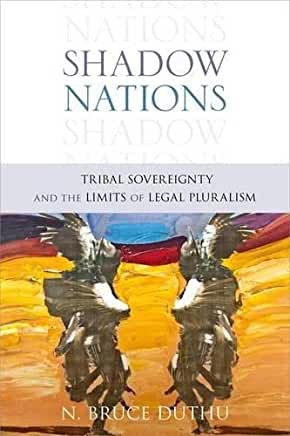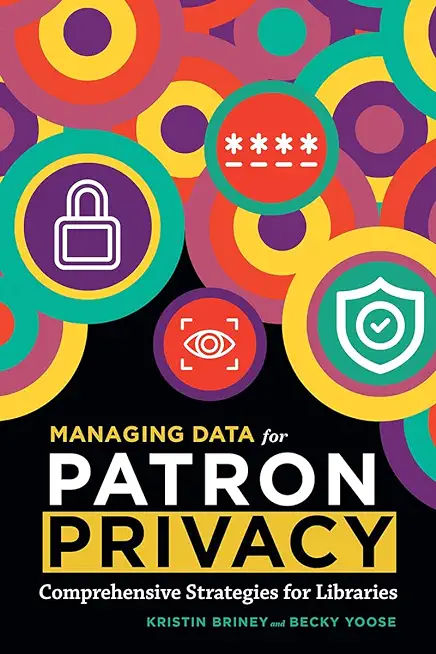
Suk, Julie C.
product information
description
2Ruth Bader Ginsburg believed that the equal rights of women belonged in the Constitution. She stood on the shoulders of brilliant women who persisted across generations to change the Constitution. We the Women tells their stories, showing what's at stake in the current battle for the Equal Rights Amendment. A century after the Nineteenth Amendment guaranteed women the constitutional right to vote, the quest for women's full inclusion in the US Constitution continues.
After passage of the Nineteenth Amendment, revolutionary women demanded full equality beyond suffrage by proposing the Equal Rights Amendment (ERA). Congress took almost fifty years to adopt it in 1972, and the states took almost as long to ratify it. In January 2020, Virginia became the final state needed to ratify the amendment.
Why did the ERA take so long? Is it too late to add it to the Constitution? And what could it do for women?
Distinguished legal scholar Julie C. Suk tells the story of the ERA through the voices of the bold women lawmakers who created it. They faced opposition and subterfuge at every turn, but they kept the ERA alive. And, despite significant gains, the achievements of gender equality have fallen short, especially for working mothers and women of color. Suk excavates the ERA's past to guide its future, explaining how the ERA can address hot-button issues such as pregnancy discrimination, sexual harassment, and unequal pay.
The rise of movements like the Women's March and #MeToo have ignited women across the country. Unstoppable women are winning elections, challenging male abuses of power, and changing the law to support working families. Can they add the ERA to the Constitution and improve American democracy?
We the Women shows how the founding mothers of the ERA and the for-gotten mothers of all our children have transformed our living Constitution for the better.
After passage of the Nineteenth Amendment, revolutionary women demanded full equality beyond suffrage by proposing the Equal Rights Amendment (ERA). Congress took almost fifty years to adopt it in 1972, and the states took almost as long to ratify it. In January 2020, Virginia became the final state needed to ratify the amendment.
Why did the ERA take so long? Is it too late to add it to the Constitution? And what could it do for women?
Distinguished legal scholar Julie C. Suk tells the story of the ERA through the voices of the bold women lawmakers who created it. They faced opposition and subterfuge at every turn, but they kept the ERA alive. And, despite significant gains, the achievements of gender equality have fallen short, especially for working mothers and women of color. Suk excavates the ERA's past to guide its future, explaining how the ERA can address hot-button issues such as pregnancy discrimination, sexual harassment, and unequal pay.
The rise of movements like the Women's March and #MeToo have ignited women across the country. Unstoppable women are winning elections, challenging male abuses of power, and changing the law to support working families. Can they add the ERA to the Constitution and improve American democracy?
We the Women shows how the founding mothers of the ERA and the for-gotten mothers of all our children have transformed our living Constitution for the better.
member goods
No member items were found under this heading.
Return Policy
All sales are final
Shipping
No special shipping considerations available.
Shipping fees determined at checkout.







